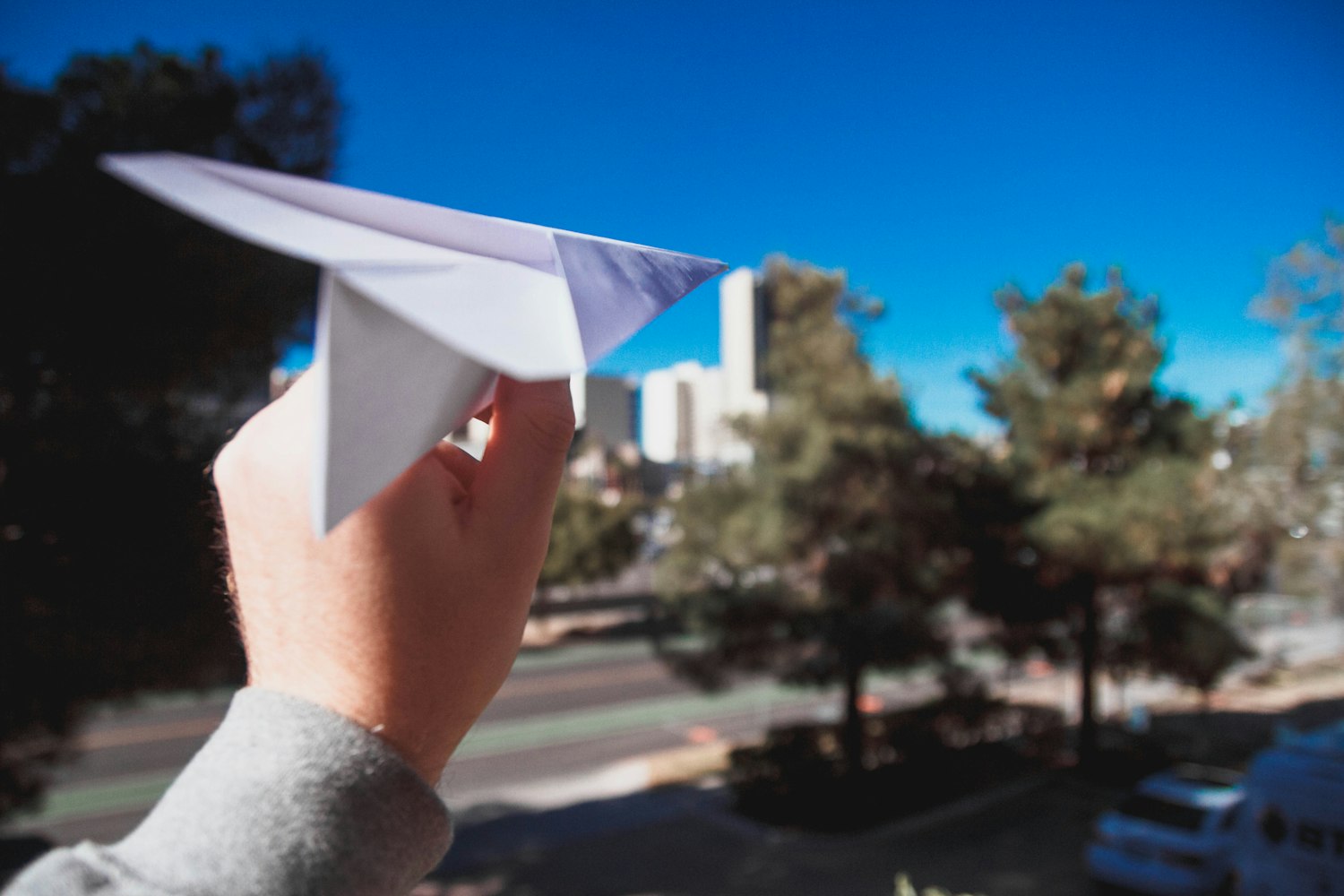One thing I've been thinking a lot about in this season of distance teaching is just how much screentime students of all ages are experiencing in their lives. I recognize that I spend a LOT of time in front of screens: I use a laptop for teaching, and preparing for class, and often for assessing my students' work (which they hand in digitally through our LMS.) I often have my smartphone in hand, and use this for both communication and distraction. I regularly find myself streaming something while exercising or relaxing.
Online learners, by the nature of the work, often find themselves spending a lot of time in front of screens for their learning activities. I'm not apologizing for that, exactly...but I'm aware of it.
So I've been thinking about ways to get students away from screens too.
Certainly reading an actual book (like we did in the olden days of yore...and perhaps still do regularly?) is a good place to start, of course. Giving students a frame for their reading can be a promising practice. (As an aside...I think we can generally do a better job as educators in teaching students how to read different kinds of texts. I think many of us assume that students know how to read a textbook, but it's a different skill than reading a novel, for example. I digress...)
What else can students do offline? I'm thinking about ways to have students actually create physical things to demonstrate their learning, which they could submit via taking pictures, for example. Or maybe they could do physical things to learn concepts, and then share a photo or video to illustrate?
I don't have a lot of clear examples to share of this one, at least just yet...because this is a relatively new idea for me, and I don't have a lot of examples at the ready. But one I can share, though it's very context-specific for a course I taught during our emergency distance teaching adventure last spring...
I was teaching my Elementary and Middle School Science Methods course, which I've "always" taught as a face-to-face course on campus. It's typically a very hands-on course, where we do a lot of science together as a way of learning about how to teach science. When we pivoted to distance teaching, I had to re-imagine the course quite a bit to continue that hands-on learning experience. In the process of redeveloping the course, I gave students challenges to try, and then get photos or videos of their results.
For example, one challenge was "build a paper airplane that can stay in the air for at least 5 seconds." This is an almost impossible challenge--5 seconds is a really long time to keep a plane in the air! The point of this learning experience was NOT the actual plane flight. The point was to think like a scientist: to collect evidence, to make multiple attempts to solve the problem, to refine thinking through a process of design and iteration, and to practice intellectual honesty in reporting what we discovered. Students made an awful lot of paper airplanes, and had phenomenal stories to share about this learning opportunity.
But what did they need to be on their computers for in this lesson? Just 15-20 minutes of introduction...and then 15-20 minutes to share their results, and hear from their colleague's in their groups to find out what they tried and what they learned.
Getting students away from their screens might be just what they need to keep things fresh in their learning!
 |
| Image by NeONBRAND via Unsplash |
---
(This post is part of a series offering tips on distance teaching. You can read more about this project here: Distance Teaching Tips. You can also read all of the posts in this series here: Distance Teaching Tips Series.)
No comments:
Post a Comment